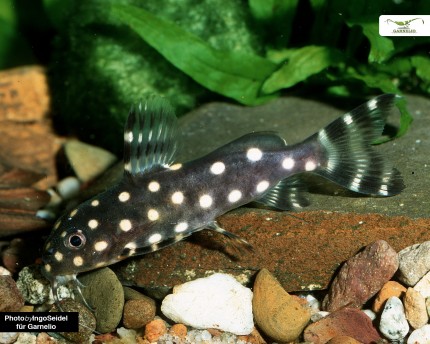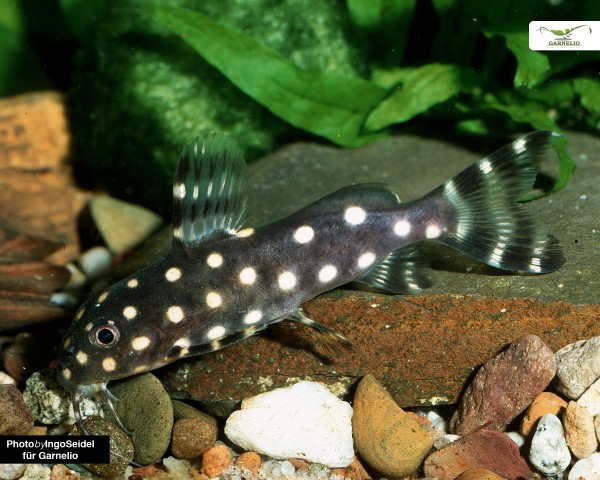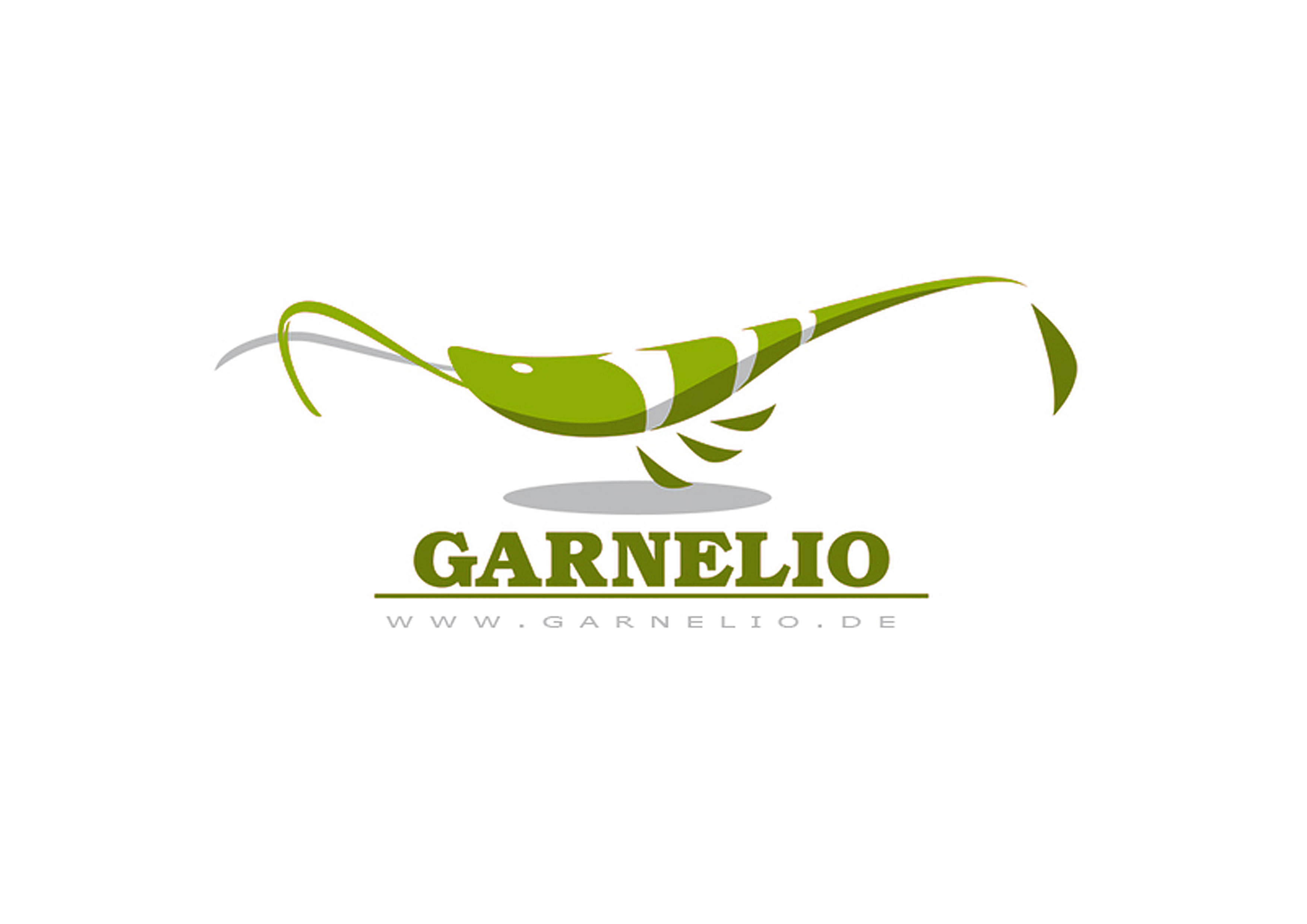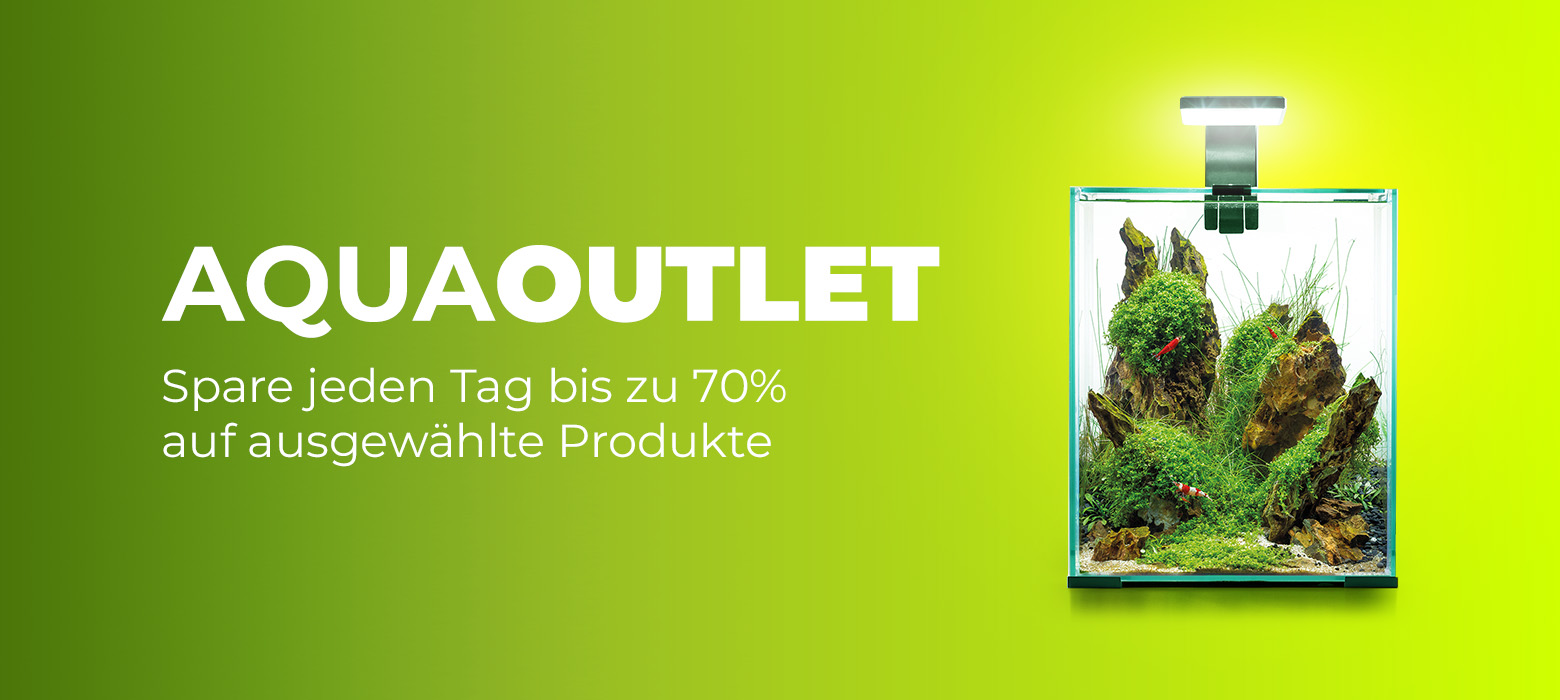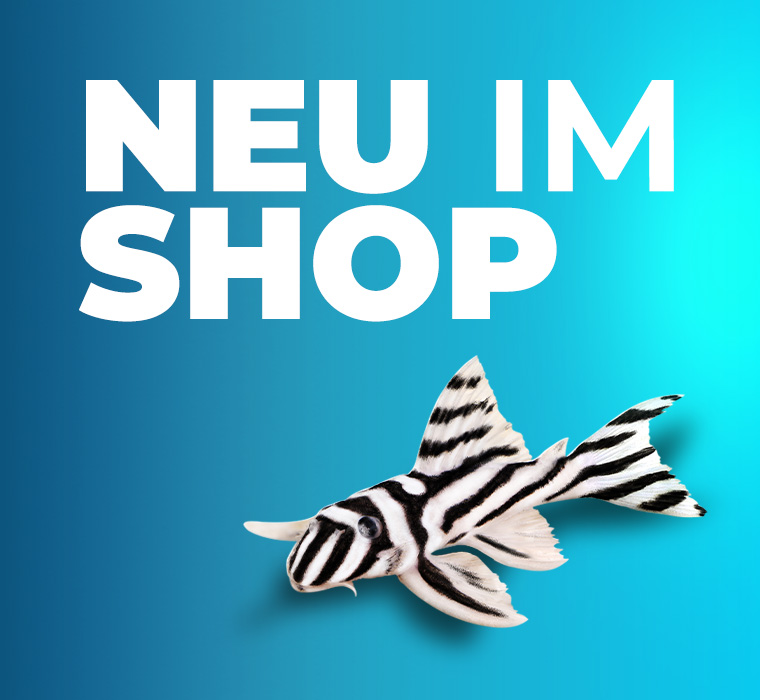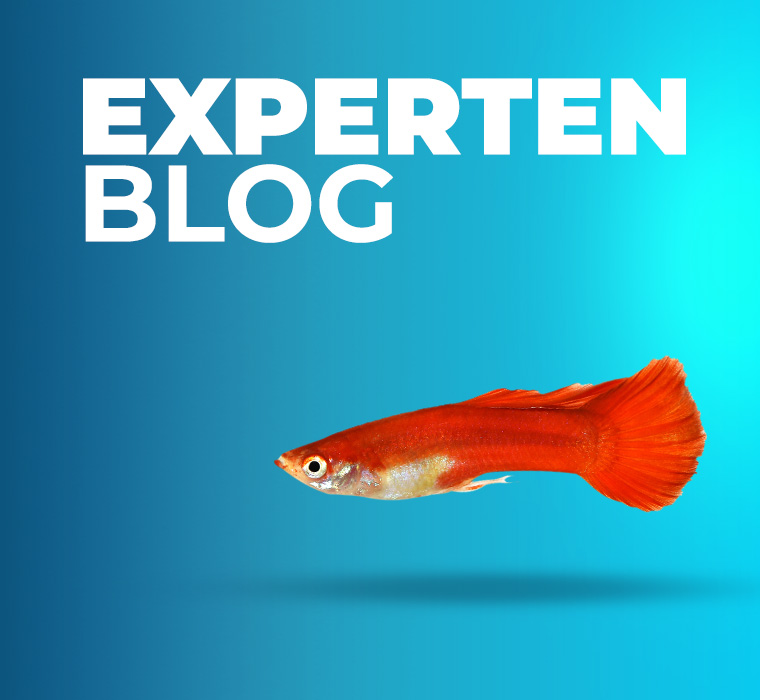incl. VAT plus shipping costs
Ready for shipment in 2 Day(s)
Delivery only innh. Germany and Austria possible.
Switch to the German store
- Item no: 7815
Fast delivery times
All products are in stock with us!14 years of breeding experience
Let our team of experts advise you!High customer satisfaction
from over 3,000 reviews "| Water values: | soft to medium hard |
| Pelvic region: | Below |
| Temperature: | 25-30 °C |
| Feature: | becomes particularly large |
| Aquarium size: | over 1000l |
| with fish?: | Yes, with peaceful fish |
| with snails/shells?: | No |
| Difficulty: | 4 - Special |
| Final size: | > 12cm |
| Fish group: | Catfish |
| with shrimps?: | Socialization not possible |
| Diet: | omnivorous - omnivorous |
| Visual effect: | Especially colorful |
| Planting possible?: | Yes |
| Origin: | Africa |
| Behavior: | Normal |
| with large crabs?: | No |
| Breeding: | heavy |
| with dwarf crabs?: | No |
| with crabs?: | No |
The nocturnal guinea fowl catfish (Synodontis angelicus) from the Congo in Africa likes to live hidden under roots and rocks during the day, but is present and foraging at night. It is a member of the pinniped catfish family. Guinea fowl catfish are reddish dark brown in color, with large round white spots all over the body and light stripes on all fins when young. In older Synodontis angelicus the spots are smaller. At the mouth the guinea fowl catfish carries like all featherbeard catfishes the name-giving three pairs of clearly pronounced barbels.
The beautiful featherbeard catfish is well suited as company for large cichlids like Tilapia. The guinea fowl catfish grows to about 25 to 35 cm in length and requires an appropriately large aquarium of at least 1200 liters. The aquarium should be well structured and offer many hiding places under roots and stones. Planting is possible, because Synodontis angelicus does not nibble at plants, even if it eats algae coverings from time to time.
The guinea fowl catfish has not yet been bred intensively in the aquarium hobby. It can be assumed that it belongs to the free spawners. The sexes can be distinguished by the genital papilla, but this is difficult for laymen.
This catfish has a very interesting and especially in adolescence quite robust territorial behavior. Even when kept only as a pair, Featherbeard Catfish can become very aggressive, so group housing is extremely important. In a group, the fish can focus on their conspecifics and act out their social behavior. The smallest group size should be 5 specimens. Shrimp would be eaten by the guinea fowl catfish, as would smaller crayfish. The scaleless catfish, on the other hand, can be severely injured by large crayfish and crabs.
In the wild, the guinea fowl catfish eats worms and small crayfish, as well as decaying plant material, in addition to insects and insect larvae. In the aquarium they can be fed very well with food tablets for catfish and with food for omnivorous fish. Sinking live food and appropriately sized frozen food are also readily eaten. Soft vegetables are also very fond of these featherbeard catfish.
The water in the aquarium should like soft to medium hard for guinea fowl catfish , the temperature should be between 23 and 28 degrees.
Our food recommendation: The NatureHolic Catfishfeed for all aufwuchs feeding sucking catfish in the aquarium is a balanced tablet food, which does not cloud the water and the fish like to eat. The catfish tablets also contain NatureHolic active ingredient complexes that provide sucking catfish with everything they need for a strong immune system, healthy growth and great, contrasting coloration. As a snack, supplemental food or vacation food, we recommend the CatfishPlates.
Our plant recommendation: Use for planting NatureHolic InVitros. These are free of snails, planarians and other unwanted co-inhabitants. Also free of algae spores, bacteria and fungi.
Expert Tip: We recommend for fish keeping the NatureHolic 3 Phase Liquid. The care set offers the best all-round protection for your animals. It ensures optimal conditions for successful breeding and keeping.
| Scientific name | Synodontis angelicus |
| German name: | Guinea fowl catfish |
| Difficulty level: | advanced |
| Origin/Distribution: | Africa |
| Coloration: | light spots on dark brown reddish background, dark fins with light stripes |
| Age expectancy | 15 years |
| Water parameters: | GH 5 to 19, KH 3 to 15, pH 6.0 to 7.5, temperature 23 to 28 °C |
| Tank size: | from 1200 liters |
| Food | Soft vegetables, live food, frozen food, catfish tablets |
| Breeding | not known |
| Behavior | pronounced social behavior, somewhat rowdy |
| Group size | from 5 animals |
| Further information | Ten typical aquarium fish for beginners and alternatives to them, Tips for acclimating fish to the aquarium, Feeding aquarium fish properly - cheap food and what it can do |
- Item no: 7815
- EAN No.: 7427061497533
Entdecke die Garnelio Welt!
Garnelio gehört zu den größten Onlineshops für wirbellose Aquarientiere weltweit.
Viele Artikel gibt es exklusiv nur bei uns im Shop.

